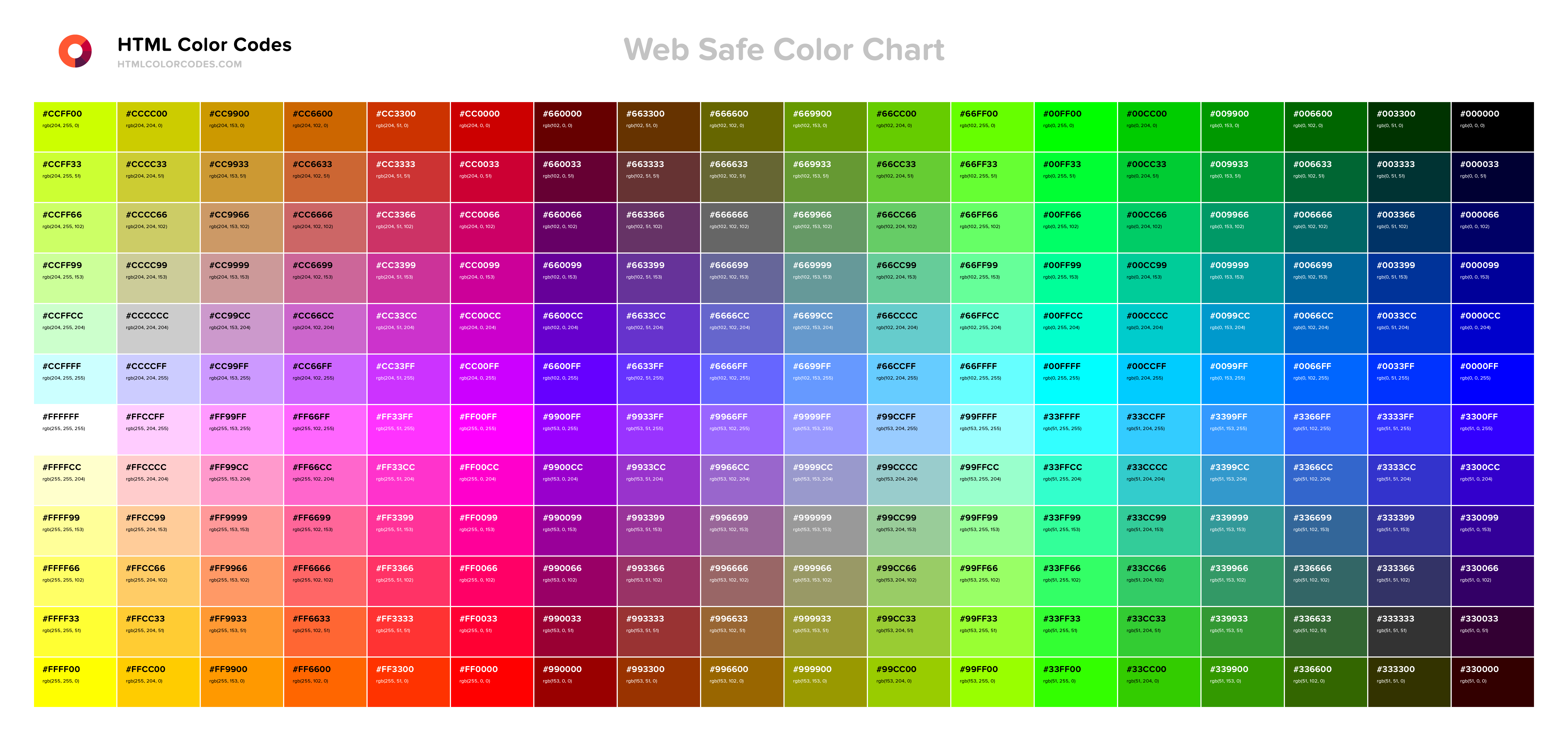Graph Coloring Minimum Number Of Colors. Star coloring definitely satisfies the conditions but it needs more colors. In a graph, no two adjacent vertices, adjacent edges, or adjacent regions are colored with minimum number of colors.

In graph theory, graph coloring is a special case of graph labeling; it is an assignment of labels traditionally called "colors" to elements of a graph subject to certain constraints.
A color assignment with this property is called a valid coloring of the graph—a "coloring," for short.
It presents a number of instances with best known lower bounds and upper bounds. The usual goal, and the one considered here, is to color every vertex of a graph such that adjacent vertices get dierent colors. Star coloring definitely satisfies the conditions but it needs more colors.








